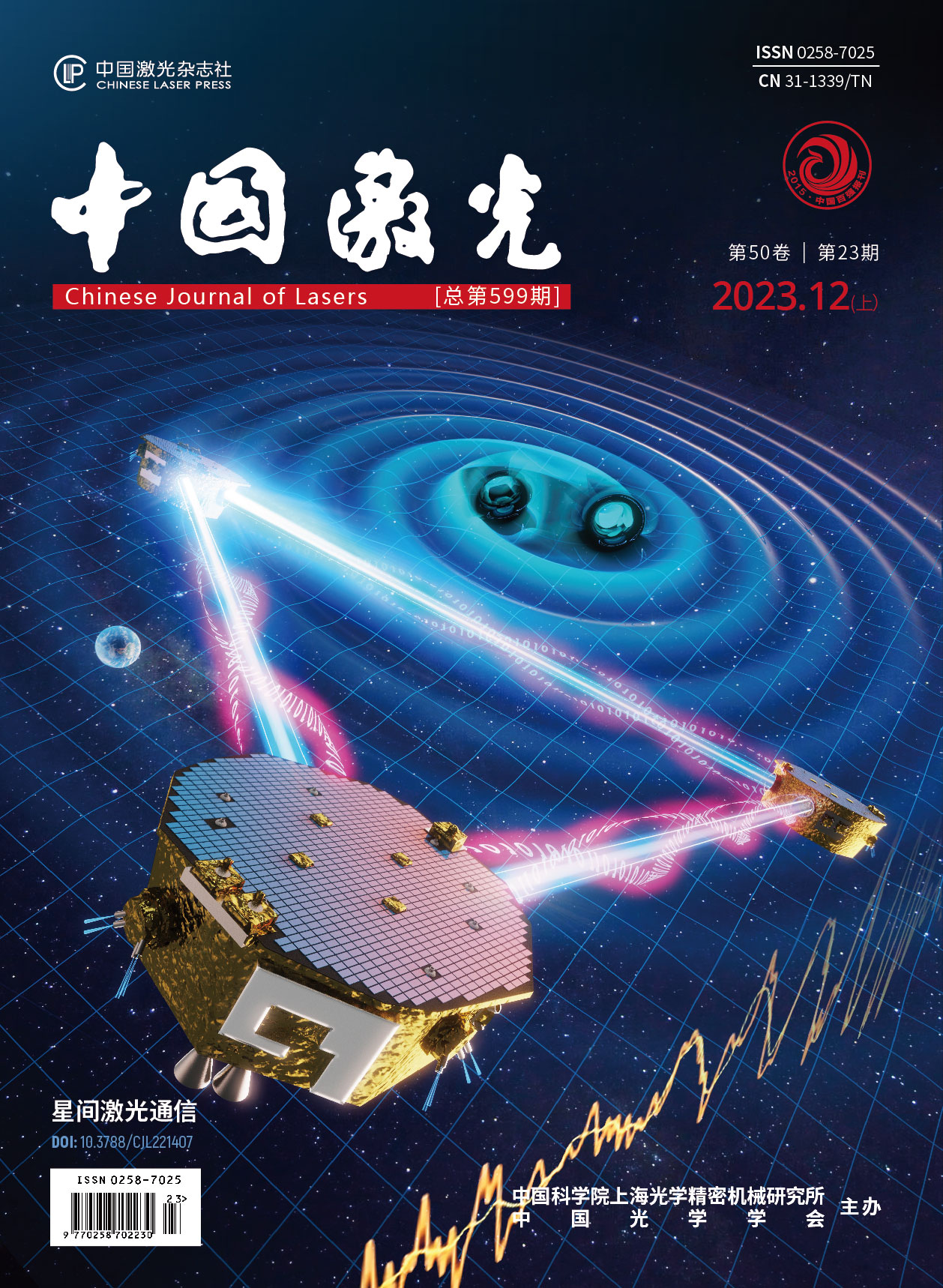铷87原子双光子跃迁光谱稳频特性研究
Rubidium (Rb) atomic two-photon spectra have attracted great attention in connection with small atomic frequency standards due to their narrow linewidth, absence of Doppler background, and broadening characteristics. In the past few decades, extensive research has been conducted on Rb atomic two-photon spectroscopy. As early as the 1990s, F. Nez et al. measured the absolute frequency of the two-photon transition with an uncertainty of 1.3×10-11. In 1994, Y. Millerioux et al. locked two lasers to the relevant hyperfine levels using Rb atomic two-photon transitions and achieved an instability of 3×10-13 in the 2000 s. In 2000, J.E. Bernard et al. used a frequency-doubled 1556 nm laser to precisely measure the two-photon transition frequency with a stability of 4×10-13 in 200 s. In 2020, Vincent Maurice et al. demonstrated a two-photon transition frequency standard on a micro-optical substrate using a miniature gas cell, achieving an instability of 2.9×10-12 at 450 mW power for 1 s. In 2021, Zachary L. Newman et al. reported a two-photon frequency standard at NIST with an instability of 1.8×10-13 in 100 s averaging time. The Rb two-photon optical frequency standard has the advantages of compactness and high precision, and with the support of micro-comb technology, it is expected to be adaptable to a wider range of application scenarios to become the next-generation high-performance atomic clock. Therefore, it is necessary to investigate this two-photon optical reference with compact volume and high performance.
We conducted a two-photon fluorescence spectroscopy experiment using a high-purity 87Rb vapor cell and a 778.1 nm laser. The laser was generated by an external cavity diode laser (ECDL) and stabilized by direct current modulation. The laser was split into two beams by a polarization beam splitter (PBS) and coupled into single-mode polarization-maintaining fibers. One beam was used to excite the atoms in the vapor cell, which was heated to 110 ℃, and the other beam was used as a reference for the beat frequency measurement with an optical frequency comb. The fluorescence signal was detected by a photomultiplier tube (PMT) and amplified by a trans-impedance amplifier (TIA) and lock-in amplifier. The laser frequency was locked to the zero-crossing point of the error signal using a laser servo device. The experimental setup was fixed on an optical bench with no adjustable components so as to reduce the influence of optical alignment. We used a Glan-Taylor prism to maintain polarization, two focusing lenses to enhance the fluorescence signal, a high-reflectivity mirror, collecting lenses, a high-precision heating system, and an interference filter to optimize the fluorescence signal with a high signal-to-noise ratio and a magnetic shield to minimize the Zeeman effect.
We obtained the fluorescence spectra and error signals of the two-photon transition 5S1/2-5D5/2 at 420 nm in 87Rb atoms using an external cavity diode laser (Fig.3). The laser frequency was scanned near the resonance and modulated by a sinusoidal current. We measured the dependence of the fluorescence on the laser power from 10 mW to 28.89 mW (Fig.4) and on the temperature of the Rb cell from 100 ℃ to 120 ℃. We determined the frequency shift coefficient of -7.11 kHz/mW (Fig.6), which shows a linear relationship between the optical power and the optical frequency shift over a range of optical power. We recorded the frequency distribution in two different situations (Fig.7) which shows that the beat frequency after locking is more stable than that before locking. Figure 8 illustrates the schematic diagram of the beam-focusing system. The alignment is shown near the focal point with the reflected light undeflected (left) and deflected by 0.005° (right). We tested the relation between the modulation width and the frequency shift (Fig.9). The Allan deviation of the beat frequency reached 1.50×10-12 at an averaging time of 1 s and 2.88×10-13 at 500 s (Fig.10).
A high-stability optical frequency reference based on the two-photon transition in 87Rb is developed and characterized. The system parameters such as laser power, temperature of the 87Rb cell, and modulation width are optimized for the locking performance. The key factors that limit the stability of the two-photon optical frequency reference are identified, including the signal-to-noise ratio of the spectrum, the internal modulation noise, the optical alignment of the counter-propagating beams, and the environmental sensitivity of the system structure. The two-photon optical frequency reference achieves a stability improvement of 1‒2 orders of magnitude over the conventional saturated absorption optical frequency reference and also reaches a high level among similar experimental schemes. To further reduce the frequency drift caused by environmental disturbances, future work can use low thermal expansion coefficient glass for the base and bracket of the optical components. Smaller Rb cell and optical elements are good ways to compress the optical path size. Ensuring a vacuum on the physical platform is another efficient way to decrease the influence of the environment. External modulation methods can also help to improve the system's performance.
孟一鸣, 项静峰, 徐斌, 李彪, 万金银, 任伟, 邓思敏达, 张迪, 吕德胜. 铷87原子双光子跃迁光谱稳频特性研究[J]. 中国激光, 2023, 50(23): 2301013. Yiming Meng, Jingfeng Xiang, Bin Xu, Biao Li, Jinyin Wan, Wei Ren, Siminda Deng, Di Zhang, Lü Desheng. Frequency Stabilization Characteristics of 87Rb Two‑Photon Transition Spectrum[J]. Chinese Journal of Lasers, 2023, 50(23): 2301013.







